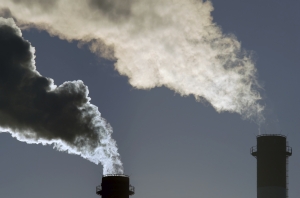Our latest Australian Electricity Outlook (AEO) for wholesale electricity and LGC prices in the National Electricity Market (NEM) has now been published. The AEO is a quarterly outlook for price development in each region of the NEM over both medium-term (four years) and long-term horizons (20 years). The report contains:
- an outlook for wholesale electricity prices for each region of the NEM (NSW, QLD, SA, TAS, VIC), over medium- (quarterly average prices for the next 16 quarters) and long-term horizons (annual average prices to 2044);
- an outlook for annual average LGC prices to 2030 including the potential interaction with forward Australian Carbon Credit Unit (ACCU) prices;
- forecasts for market outcomes, such as change in capacity and generation mix;
- detailed discussion of key input assumptions; and
- analysis of the major factors impacting the electricity market in the forecast period.
The scenarios chosen for analysis in this report cover two potential pathways for the future transition of the NEM, aligned with the Australian Energy Market Operator’s (AEMO) updated 2024 Integrated System Plan (ISP).
Specifically, we adopt the two “most likely” scenarios as defined by AEMO stakeholder engagement for the 2024 ISP. AEMO’s Step Change scenario (considered by stakeholders to be the ‘most likely’ scenario) is adopted as our Central Case forecast, modelling a rapid consumer-led transformation of the energy sector and co-ordinated economy-wide action. AEMO’s Progressive Change scenario is applied as our Alternative case, modelling less aggressive action on climate change by ratcheting up emissions reduction goals over time. Each scenario assumes a target of net zero emissions by 2050 is adopted, applying different timing pathways, with our Central Case scenario accounting for net-zero emissions by 2035, while the Alternative reaches net-zero emissions ‘just in time’.
Additional sensitivities are also considered, with an emphasis on fuel prices, demand and generator reliability, helping to identify the magnitude of impact of key assumptions and test specific decisions that may soon be taken.
This report is published under our Australian Electricity Intelligence service. Click below to access the report, or take a tour of our EnergyIQ platform.















